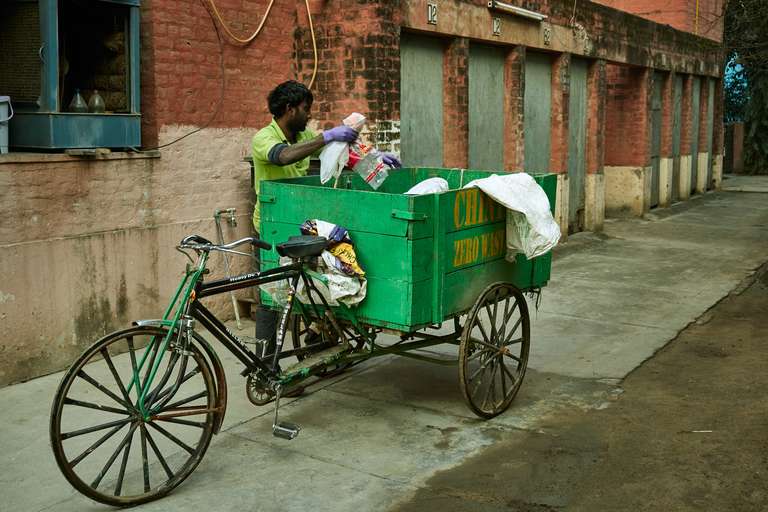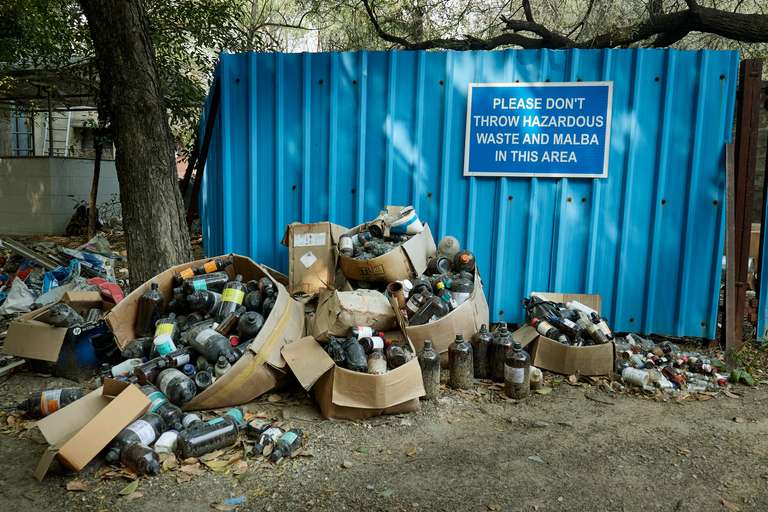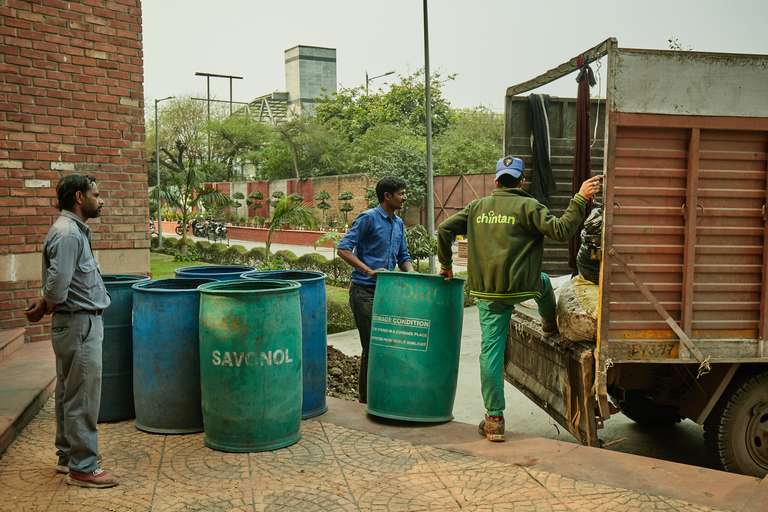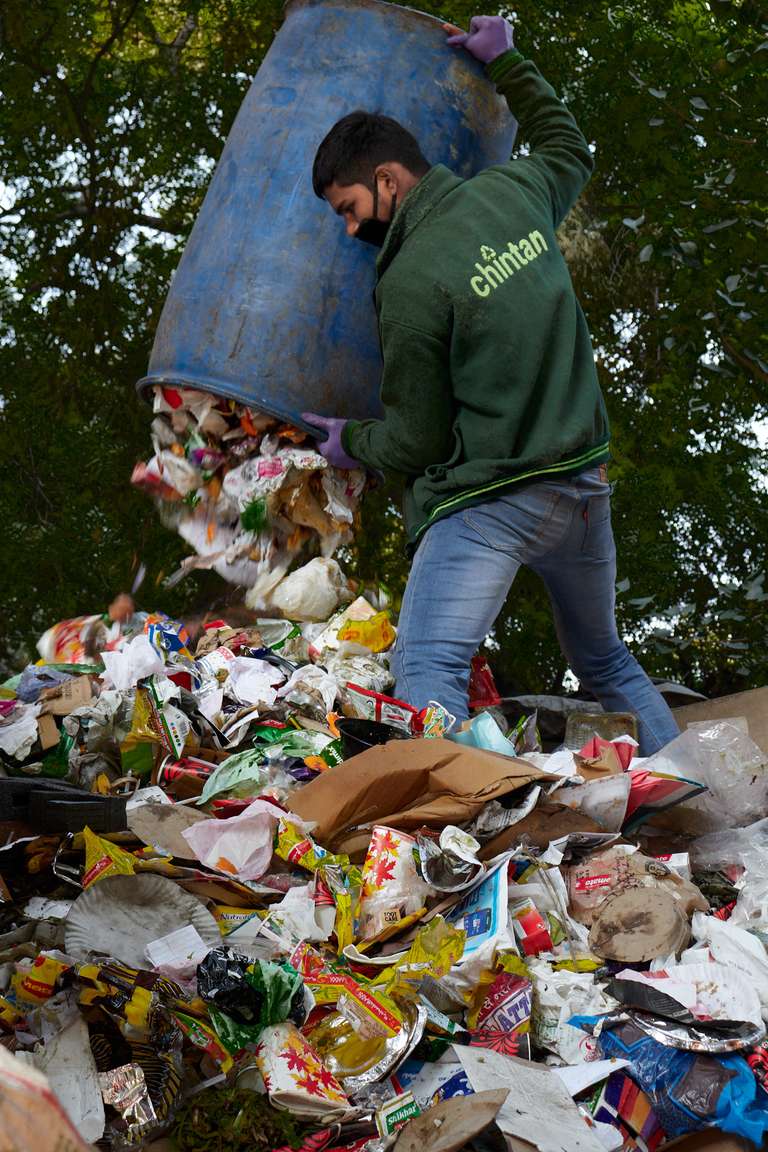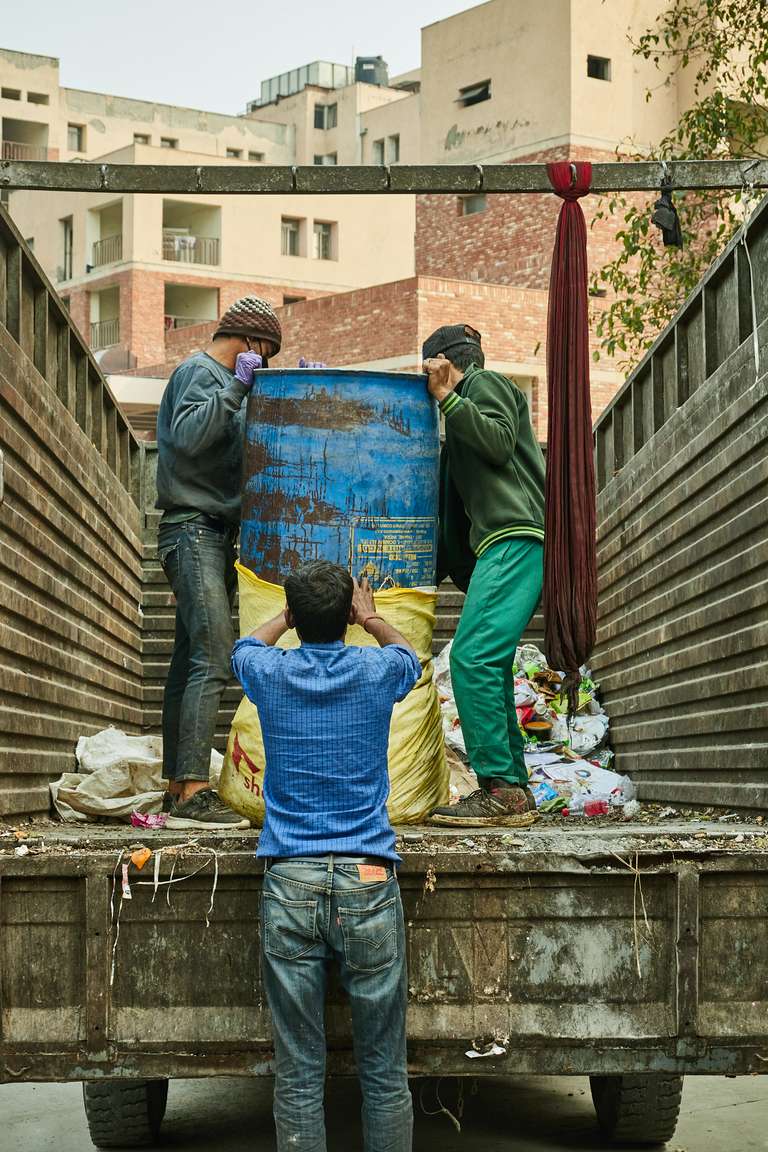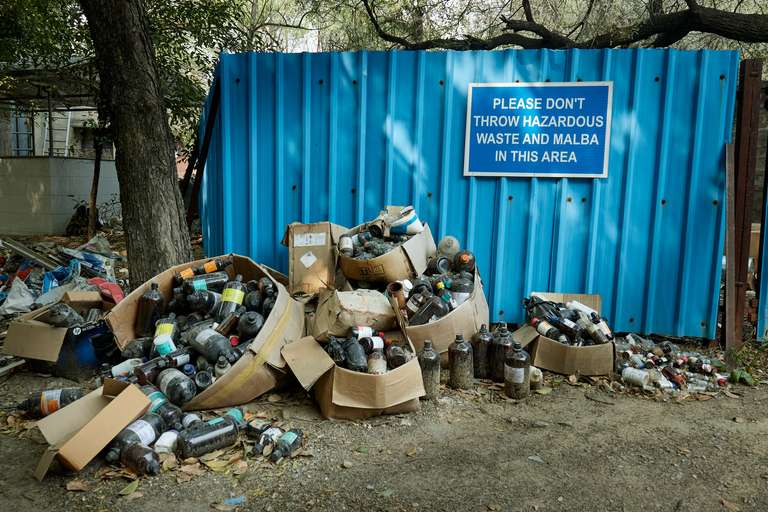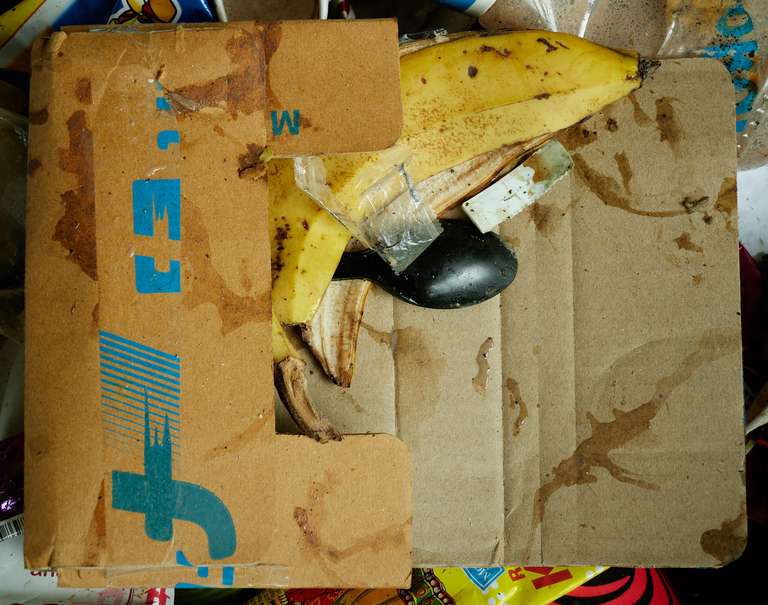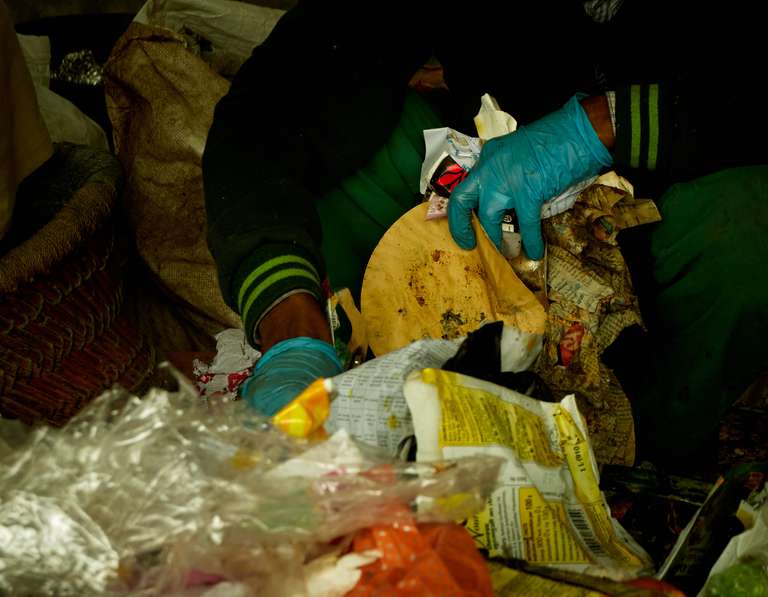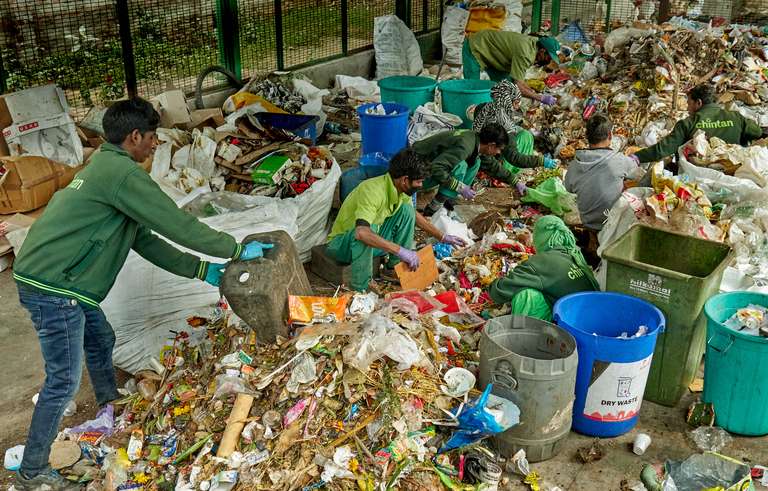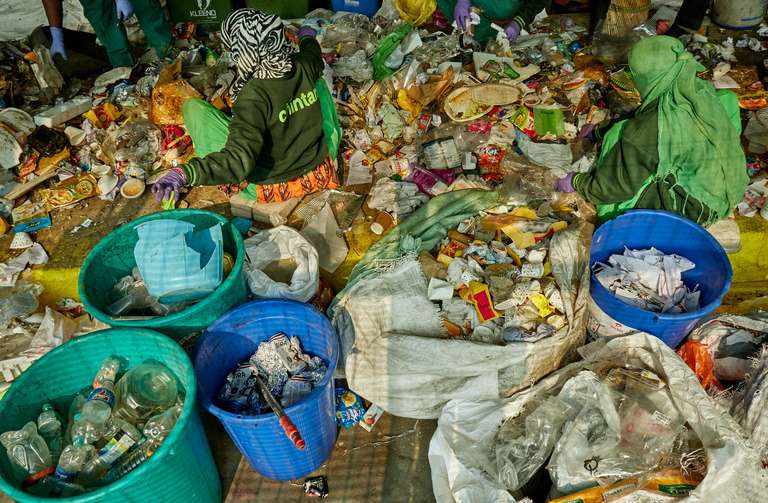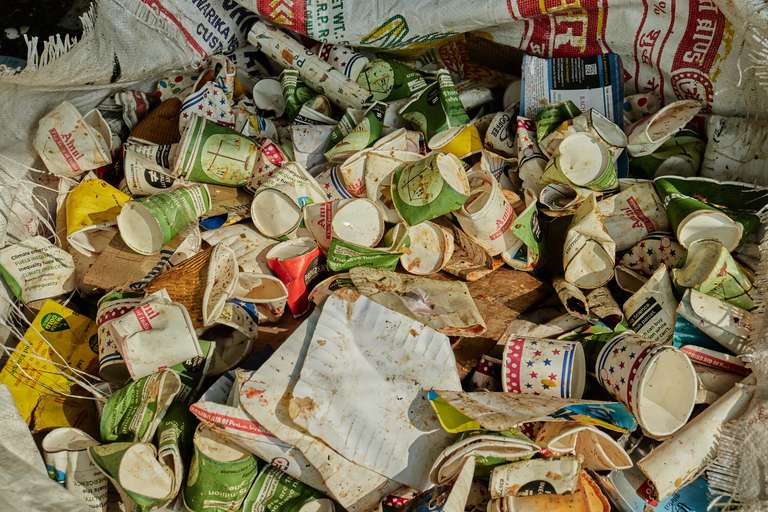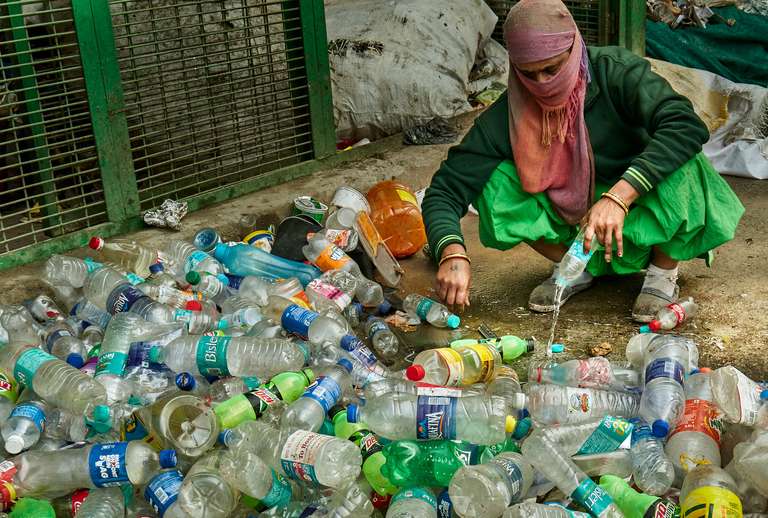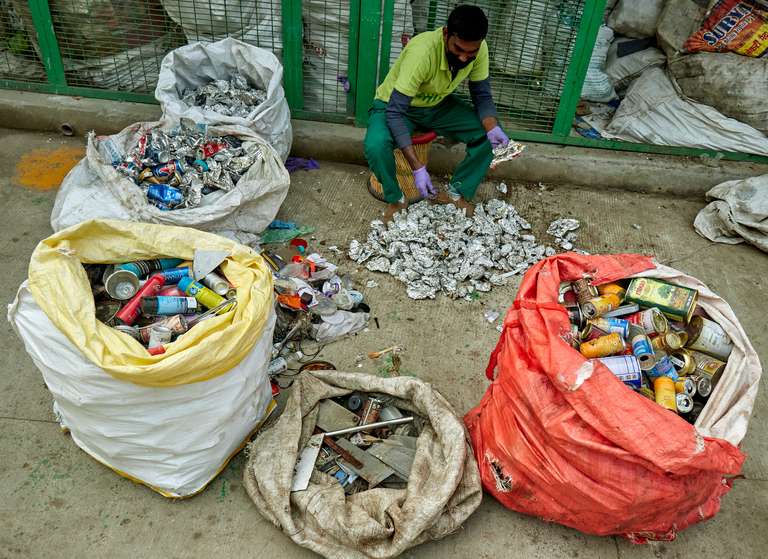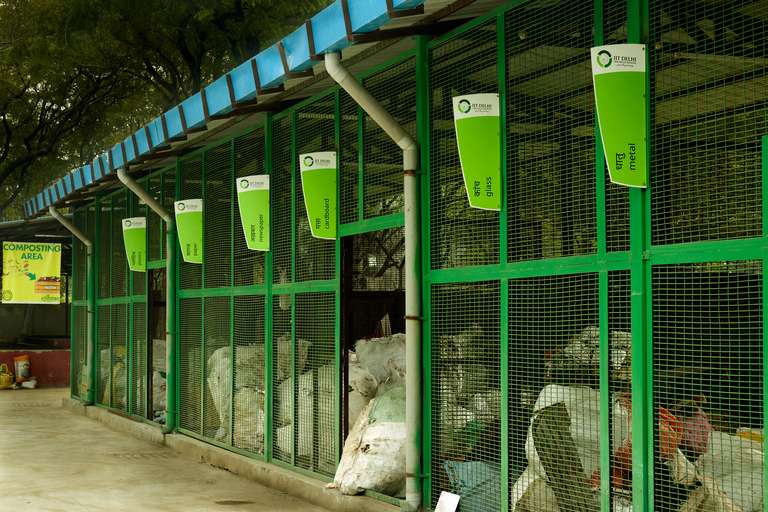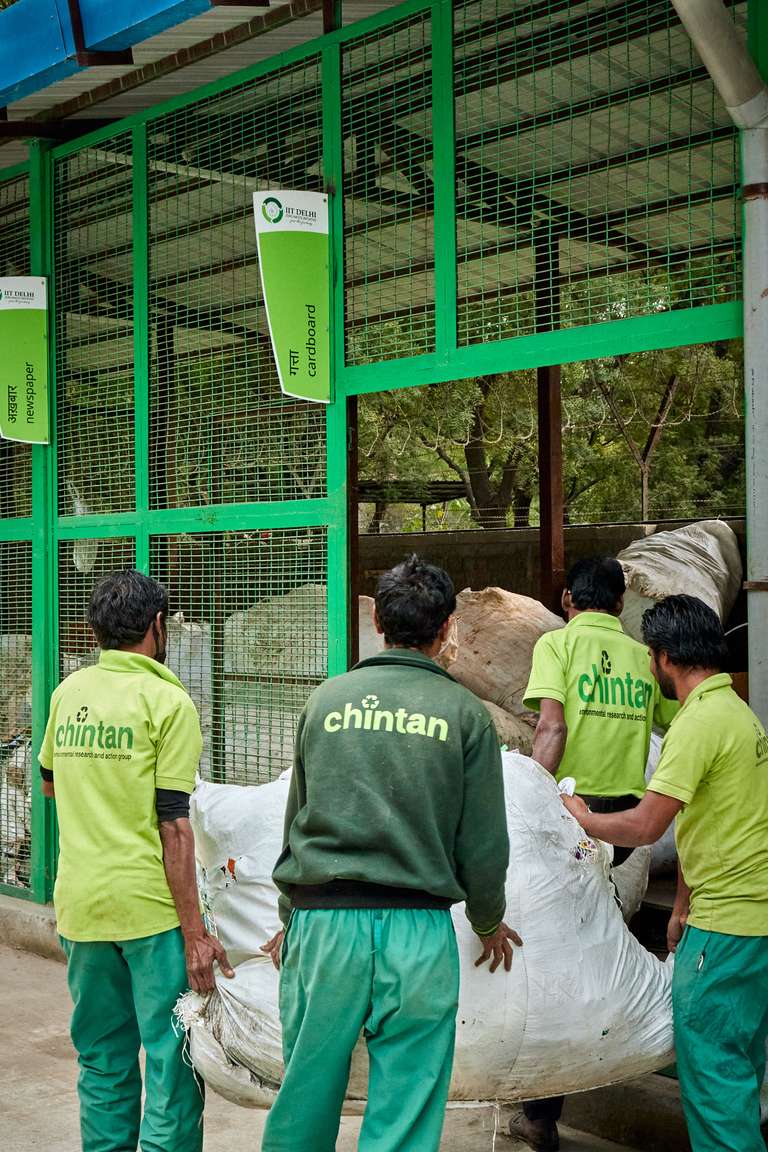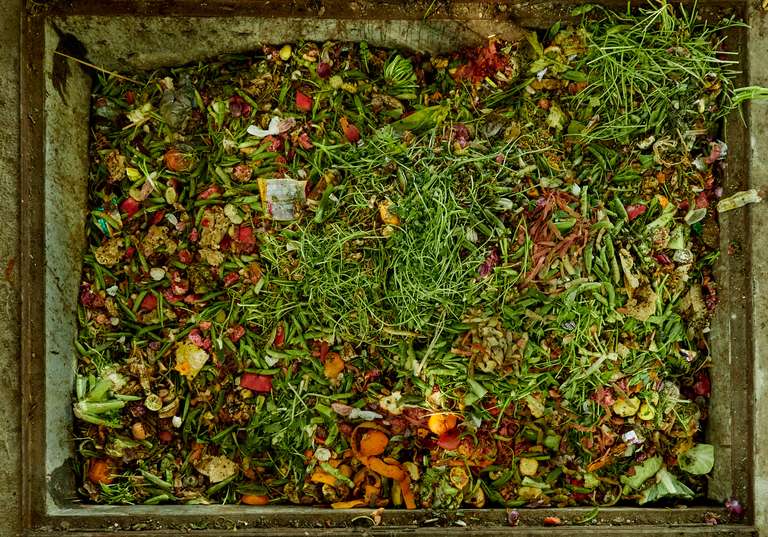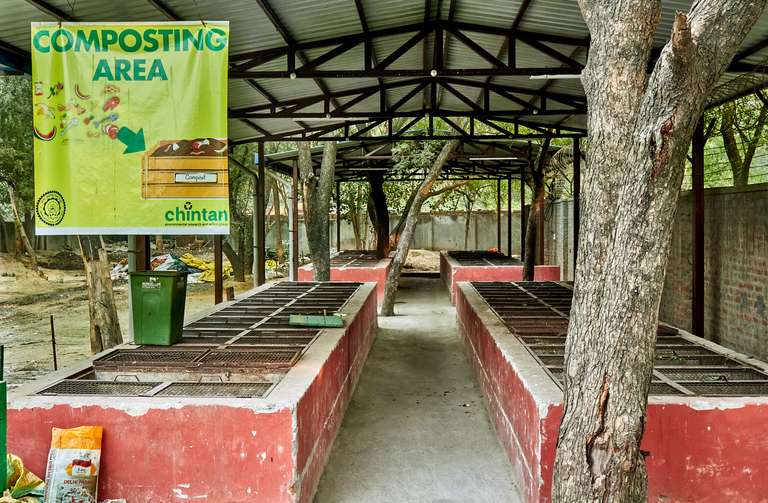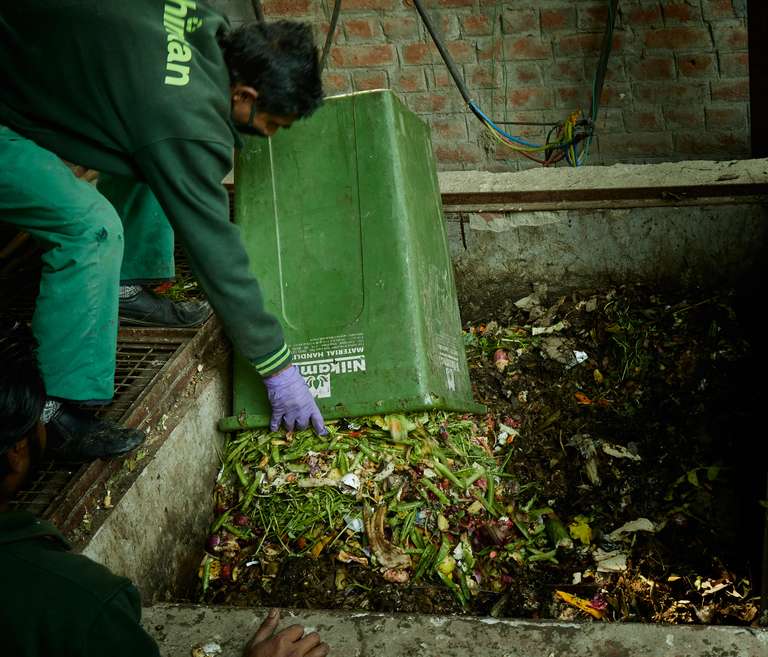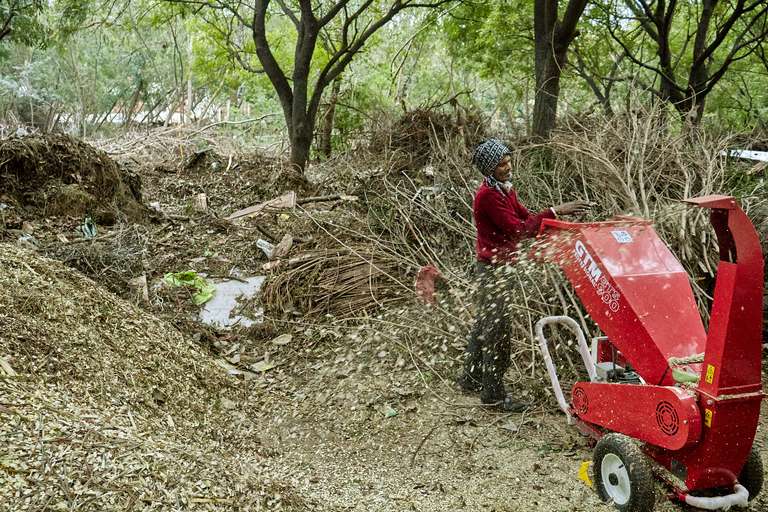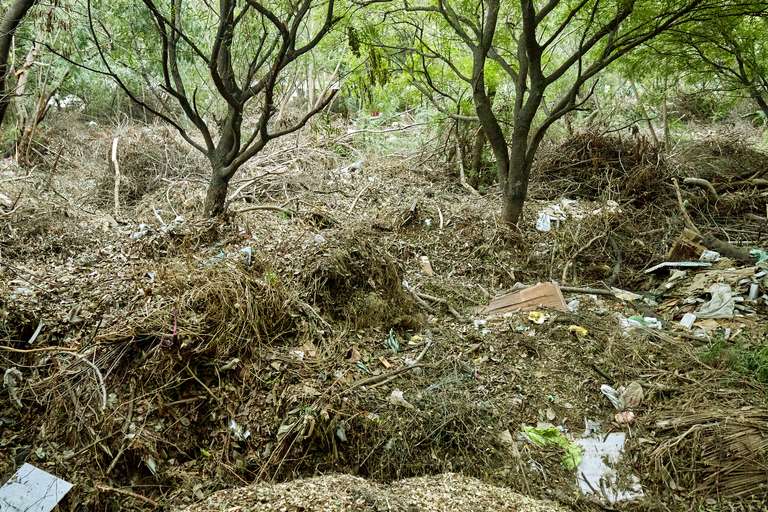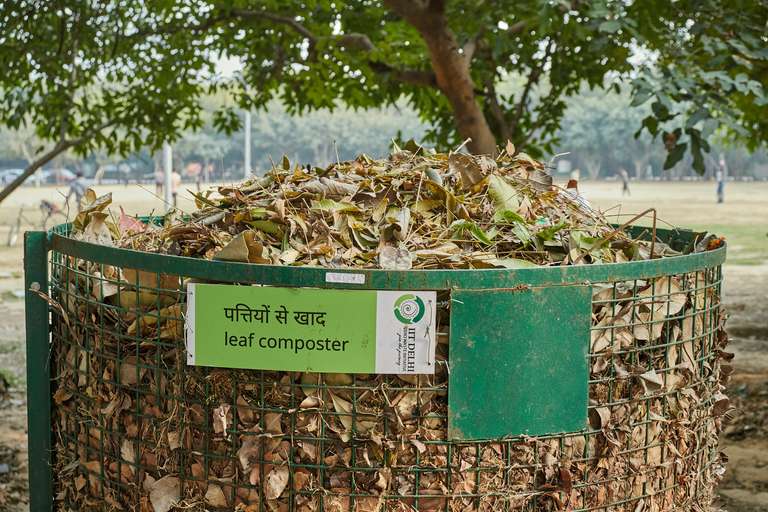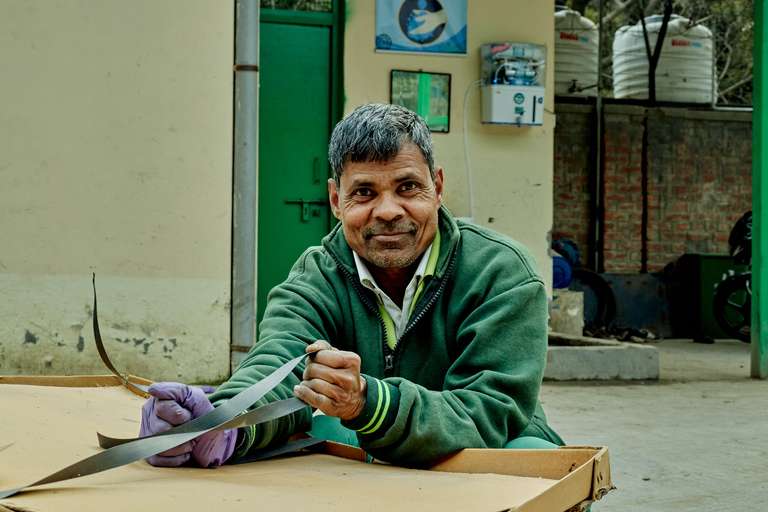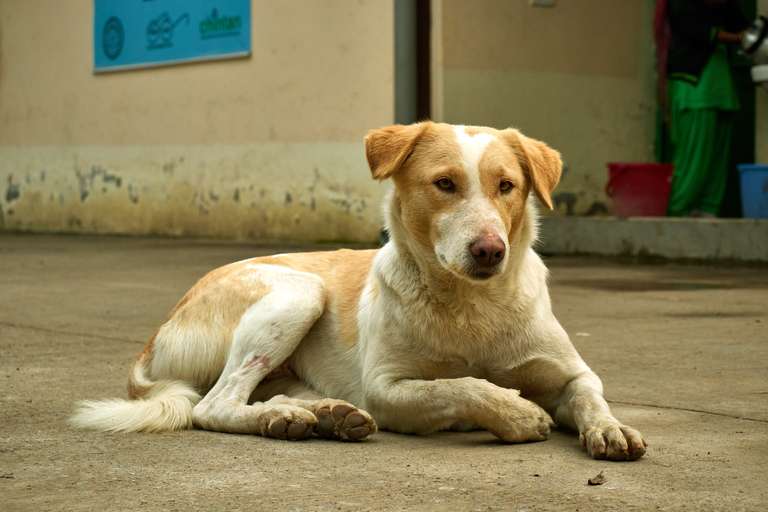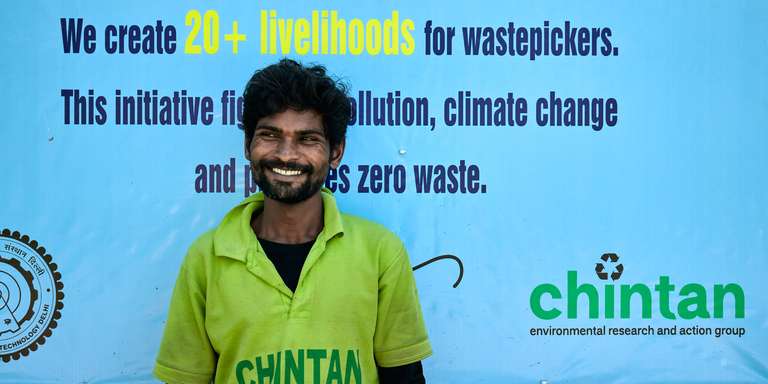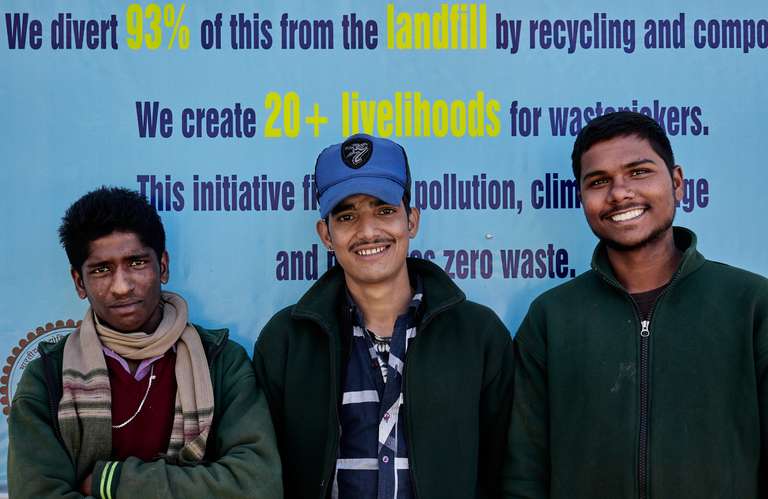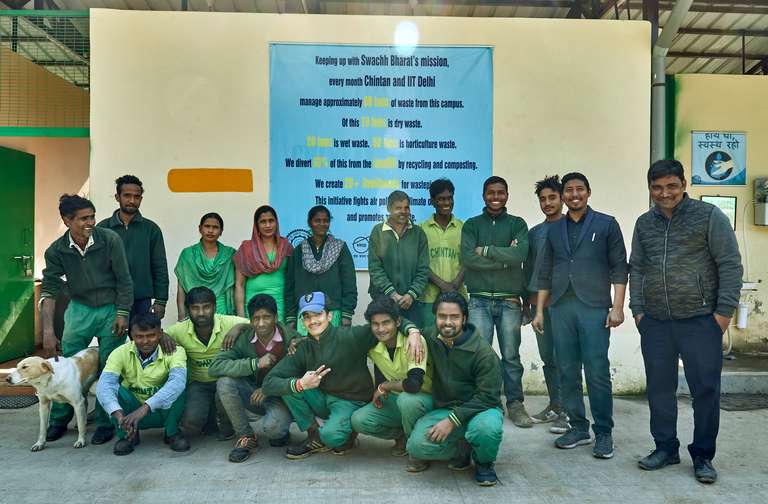
All Things Garbage
On the longest road inside the IIT Delhi campus, there was once a huge garbage dump. During my graduation, I could witness it only a few times since no area of importance lies on that road. No academic building, no playing ground, no hostel, despite being the longest road, longer than even the main road, there were only staff quarters and the dump. The part of the road adjacent to the dump, propelled me to hold my breath, as the stench was almost unbearable. The garbage of the whole campus was gathered here and the trucks would transport it to another farther, bigger dumping site across Delhi, where it would continue doing what it does best, stink.
I was amazed when a couple of months ago I visited that road again. There was no sight of the dumping ground. That very piece of land now housed a concrete structure, with colorful posters stuck all around its walls. The signboard in front of its huge gate stated Material Recovery Facility. I was extremely intrigued. A material recovery facility, what can that be !
After days of peeking into the facility from between the rods of its giant iron gate, I mustered the courage to walk inside and look for the manager. I told him I want to know more about this facility and document it through photographs. He asked to get permission from the head office of its parent organization, Chintan. After a couple of emails and a handful of permission papers from Chintan and IIT Delhi, I started my quest to understand how this Material Recovery Facility really works, how do they collect, sort and dispose the garbage generated by the entire campus.
Collection
Door to door collection from residential areas happens through rickshaws, while solid waste from big establishments like hostels and academic area is collected in a truck. Since collection vehicles are fully equipped to collect segregated waste, the residents are encouraged and made aware to hand out their waste in segregated form only.
Segregation
All of the waste collected then comes into the Material Recovery Facility (MRF). The MRF is divided into two parts, one for segregation and another for storing recovered material. Segregation happens in a very systemic manner, first big chunks of garbage like cardboard, cloths, styrofoam etc are taken out, then solid plastic, glass, metals are extracted and at last paper, thin plastic etc are recovered.
Sometimes injections from the research laboratories make their way into the solid waste and results in injuries to workers.
Recovered material
Recovered materials are packed, weighed and stored into the other half of the MRF. Additional processing is needed for few types of garbage, such as plastic bottles are emptied and metal scrap is further divided into various categories. Such segregation fetches more value in the scrap market.
At the end of the day, all recovered materials are stored into secondary storage space meant for metal, glass, cardboard, newspaper, office paper, plastic etc. Once these storage spaces are full, they are sent to their respective recycling unit for processing.
Organic waste
All kitchen waste from hostels is turned into compost in the MRF’s compost pits.
The campus houses thousands of trees which results in a lot of leaves and twigs. Leaves are composted in the leaf composter, situated at various places in the campus, while twigs are shredded into smaller pieces.
People
The MRF is operated by a dedicated bunch of workers and managers, who work diligently towards providing a cleaner world to live in. And the effort and impact of these people shows. Earlier the campus had an unhygienic dumpyard full of stink, disease spreading organisms and toxic contamination and the number of trucks going to the landfill per month was 32. Now the campus has a much cleaner environmentally friendly Material Recovery Facility and the number of trucks to be send to the landfill has reduced to just 8 per month.
P.S. Chandramukhi, the dog is very much part of the team and is fed, loved and looked after by the workers. She also guards the facility in the night.
